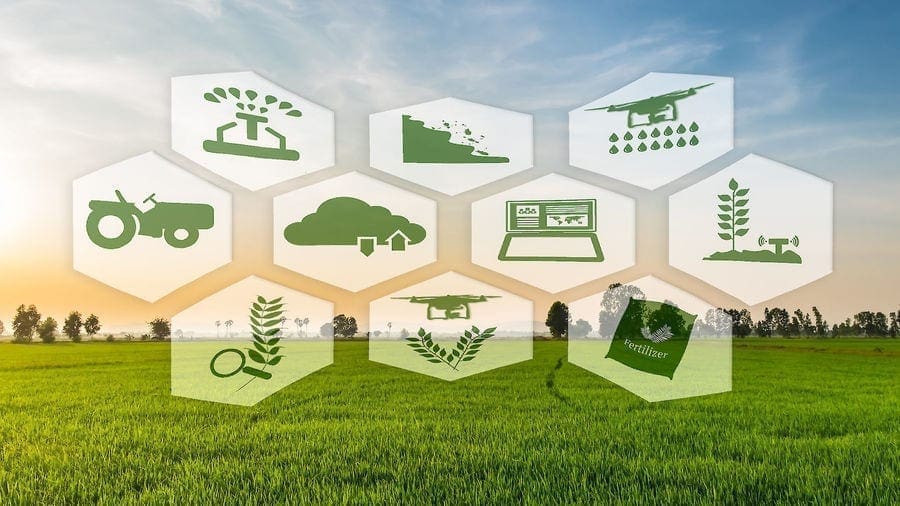GERMANY – Germany, a leading European market for foods and beverages, is projected to market around 9.4 million hectoliters (hl) of wine in the calendar year 2023, an increase of 9.8 percent compared to the previous year and six percent compared to the ten-year average.
The United States Department of Agriculture (USDA) said the increase was rather unexpected given the drought conditions in the summer of 2022 during the main growing period.
Out of 103,421 ha of land planted with wine grapes in 2021, the USDA noted that 68 percent were planted with white wine varieties and 32 percent with red varieties. The data for 2022 was not availed.
For climatic reasons, wine production is concentrated in 13 designated wine regions that are located either in the South of Germany or around river valleys and thus offer high enough temperatures.
While Germany is a large wine-producing country, it cannot satisfy consumer demand in either volume or varietal preference, to which USDA says the country resorts to fill the gap with imports.
According to Trade Data Monitor, LLC. database (TDM), Germany is the world’s biggest importer of wine by volume, followed by the UK and France. On a value basis, Germany ranks the third importer after the United States and the UK.
In 2021, Germany imported 1.49 billion liters of wine, 2.1 percent more than in 2020, with 56 percent being bulk wines, 38 percent bottled wines, 5 percent sparkling wines, and 0.6 percent partially fermented wines.
On a value basis, German wine imports amounted to US$3.4 billion in 2021, an increase of 12.2 percent. Exports of wine amounted to 369 million liters in 2021, 0.7 percent more than in 2020.
Most of the generic marketing for German wines, both domestically and internationally, is carried out by the German Wine Institute (Deutsches Weininstitut, DWI8), which is funded through a mandatory check-off program.
According to the German Wine Institute, 45 percent of household purchases by volume consisted of domestically produced wines. German households tend to slightly favor red wines over white wine, albeit with waning prevalence.
In marketing its wine products, Germany applies EU-harmonized legislation to packaging and containers. However, the fourth largest wine producer in the EU applies additional requirements regarding packaging waste and recycling of packaging material to reduce packaging waste and increase recycling.
The country also advocates sustainability in the supply chain by mandating distributors of packaged consumer goods (including wine) to collect the packaging from the consumer and recycle it directly or through a third party.
The major challenge facing winemakers in Germany is the shortage of wine bottles that the soaring energy prices and supply constraints have exacerbated in the market due to the ongoing Russia- Ukraine war.
As a result, winemakers are looking at other packaging options such as cans or bag-in-box systems, as well as extending the returnable bottle systems.
Deposit systems are now being tested nationwide and for 0.75-liter bottles, complimenting the returnable bottle system that has been in place for 1-liter bottles in Wuerttemberg in the southwest of Germany for decades and only remained a regional option.
Bag-in-box (BIB) systems have remained unpopular in Germany compared to other countries as consumers associated them with lower-quality wines.
For all the latest food industry news from Africa and the World, subscribe to our NEWSLETTER, follow us on Twitter and LinkedIn, like us on Facebook and subscribe to our YouTube channel.










